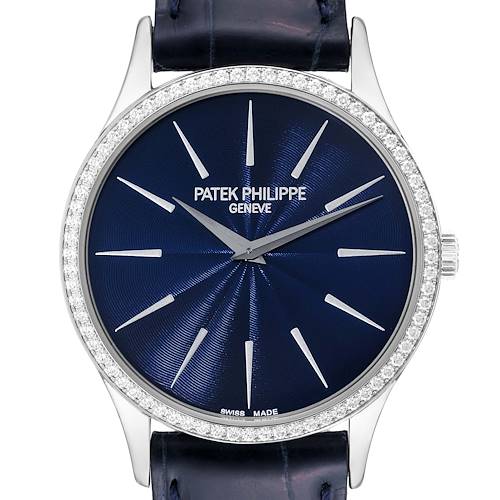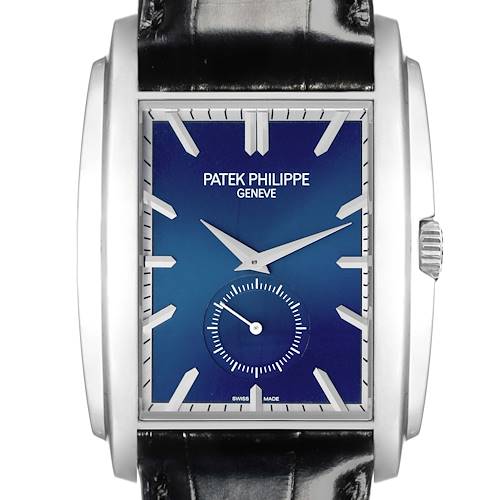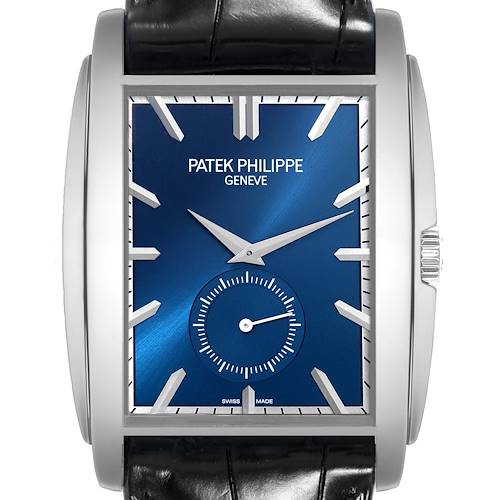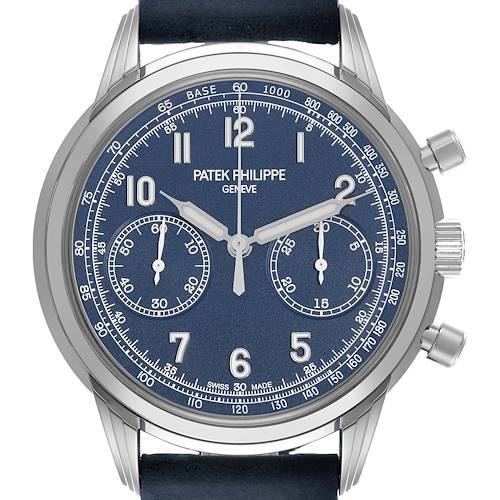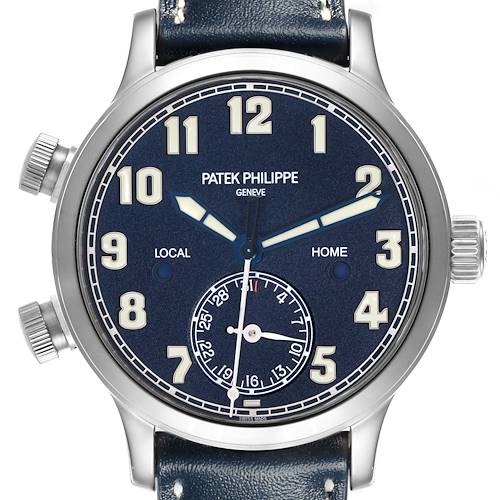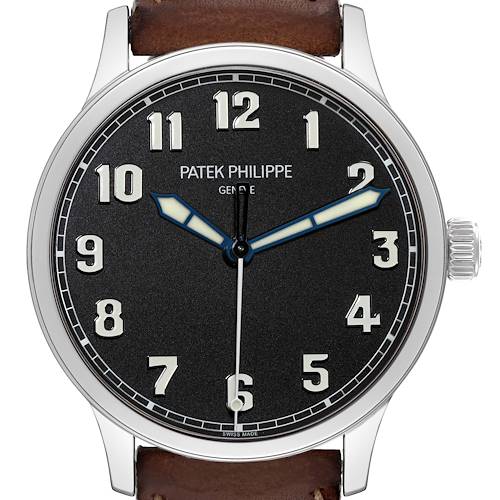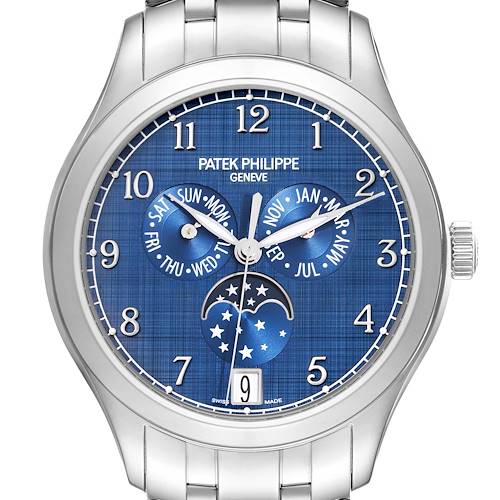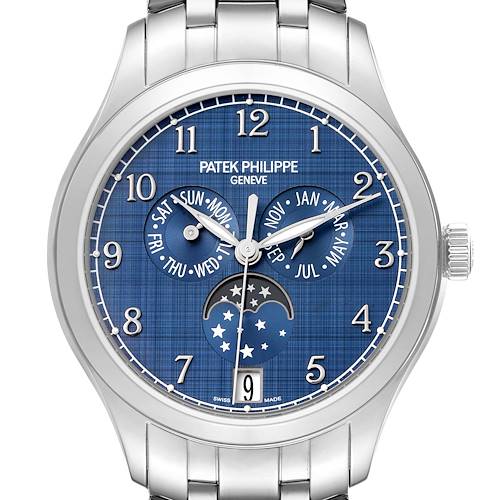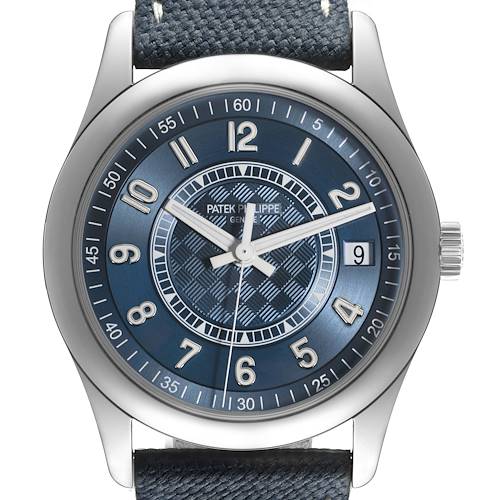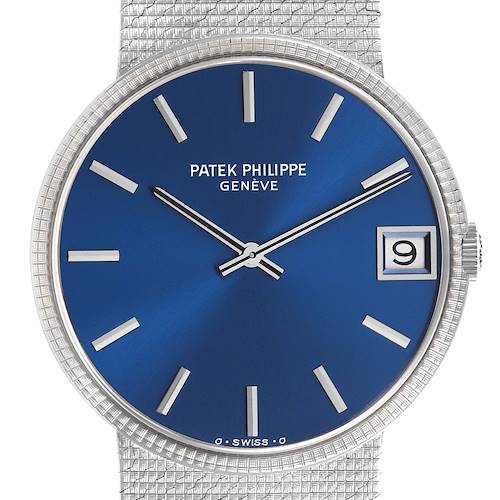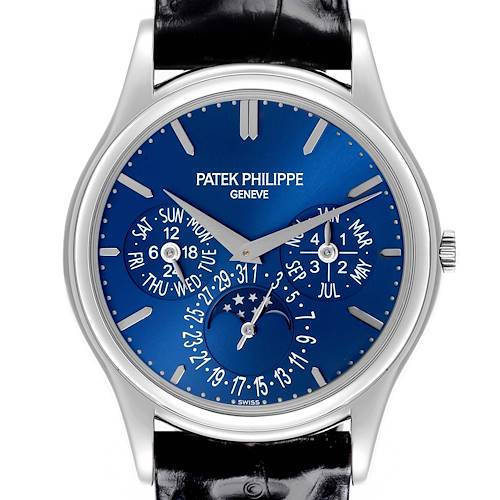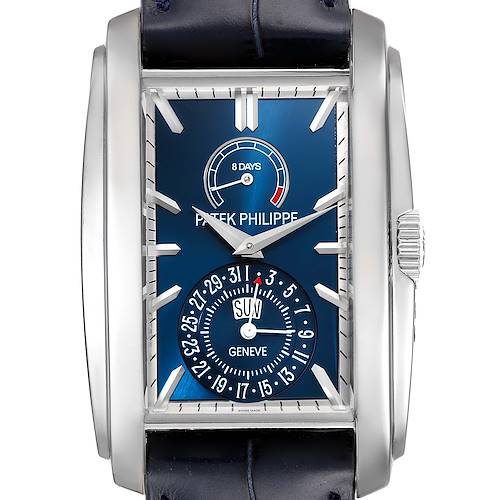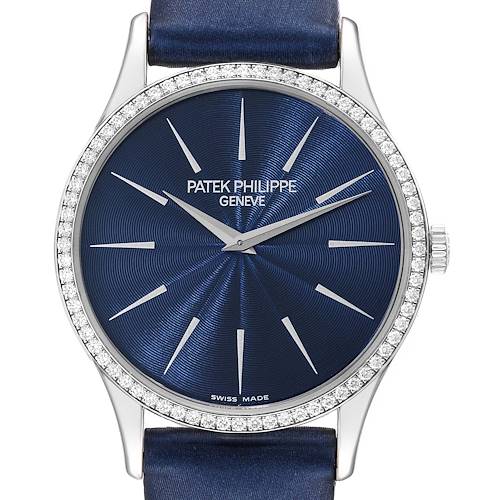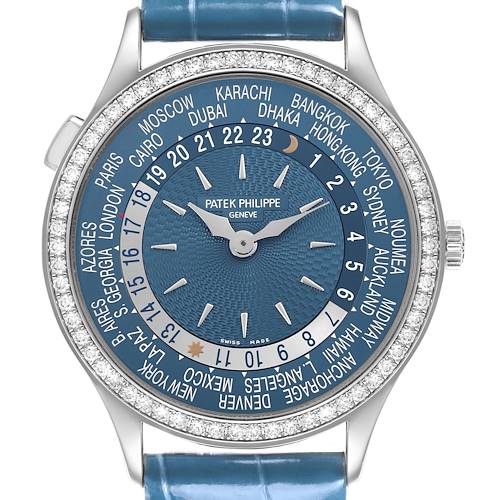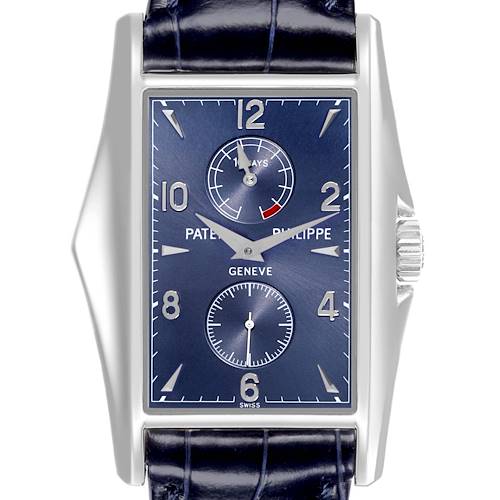- CALL US (404) 814-1814
- LIVE SUPPORT
- EMAIL US
-
WISHLIST (0)
-
CART(0)

Patek Philippe Watches
21 MATCHES FOUND
With a legacy dating back to 1839, the brand has remained true to the traditional artistry of Genevan watchmaking, affording itself complete creative liberty to conceive, innovate, and produce timepieces widely acknowledged as the epitome of global excellence. In an industry renowned for its historical significance and profound expertise, Patek Philippe consistently stands out as the pinnacle of watchmaking mastery.
Established in 1839, Patek Philippe is renowned for its daring innovation and timeless elegance, setting itself apart in the world of watchmaking. With the freedom to craft timepieces widely regarded as the finest in the world, the brand's Genevan watchmaking artistry has been consistently upheld since its inception.
As a pioneer in the industry, Patek Philippe has created numerous iconic timepieces over the years. Notable among them is the Calibre 89, a pocket watch boasting 33 complications, including a minute repeater, a celestial chart, and a perpetual calendar, making it one of the most complex timepieces ever created.
The Nautilus, introduced in 1976, is also an iconic symbol of luxury sports watches, known for its unique porthole-inspired design created by the legendary watch designer Gérald Genta.
Another classic line is the Calatrava, with its timeless dress watch introduced in 1932, symbolizing understated elegance and fine watchmaking artistry in a beautifully refined manner.
The rest of Patek Philippe's iconic creations, including the Gondolo, Twenty~4, Aquanaut, and more, have solidified the brand's position as a leader in haute horlogerie, embodying a steadfast commitment to quality, innovation, and design excellence.
Whether you're heading to a business meeting or enjoying a quiet evening at home, Patek Philippe offers a watch that complements your style and delivers impeccable functionality. At SwissWatchExpo, we're thrilled to offer a diverse selection of Patek Philippe timepieces, enabling you to find a watch that perfectly fits your wardrobe and lifestyle. A Patek watch is more than just a purchase — it's an investment in a legacy of luxury, and we're here to help you make that choice with confidence.
How to Sell My Patek Philippe
Sell or trade-in your Patak Philippe for the best price with SwissWatchExpo. SwissWatchExpo makes it easy to sell or trade in your used or pre-owned Patak Philippe to keep your luxury watch collection fresh!
Frequently Asked Questions
How Can I Tell If A Patek Philippe Watch Is Authentic?
Due to their extremely limited production and high value, there are many counterfeits of Patek Philippe watches. Patek Philippe watches are known for their absolute perfection in all aspects, even under magnification. If you spot a mistake or any sign of shoddy work on a Patek Philippe timepiece, then it is likely a fake. To ensure that you always buy an authentic Patek Philippe watch, it is important to always buy from a reputable watch dealer, like SwissWatchExpo, who can provide a guarantee of authenticity on the timepiece.
Why Are Patek Philippe Watches So Expensive?
Patek Philippe only produces around 50,000 timepieces a year, which is very low compared to rival brands that create roughly a million watches annually. This makes for a limited number of models in existence. Moreover, each Patek Philippe timepiece is crafted from the finest materials, and hand-assembled by highly-skilled watchmakers – a process that can take at least 9 months or longer for complicated watches. With their high quality, lower inventory, and steady demand, Patek Philippe watches command a higher price tag.
Are Patek Philippe Watches Good Investments?
While we never advise clients to buy watches for profit due to a fickle market, Patek Philippe watches are known to hold their value well. As an independent, family-owned company, Patek Philippe does not mass produce its watches, and therefore have a firm grip on their value.
How Often Do I Need To Service My Patek Philippe Watch?
Patek Philippe watches are designed to be handed down to the next generations. To ensure longevity, Patek recommends a routine maintenance check every 3-5 years, couple with proper handling and storage.
Where Can I Have My Patek Philippe Watch Serviced?
Fine timepieces like Patek Philippe watches require routine maintenance and repair. SwissWatchExpo offers a full range of services, from basic maintenance to major repairs and restorations, performed by master watchmakers at our state-of-the-art service center. If you send your watch to us, you can be sure that it will be handled by expert watchmakers from start to finish. Learn more about our stringent Repair Services.


